A set of 3 mysterious story setting posters for students to use in a variety of ways.
Use these story setting posters to inspire and support storytelling and narrative writing in the classroom. These posters can be used as a classroom display or printed in a smaller format for students to stick in their workbooks.
Settings include:
- mysterious cave
- mushroom village
- floating village.
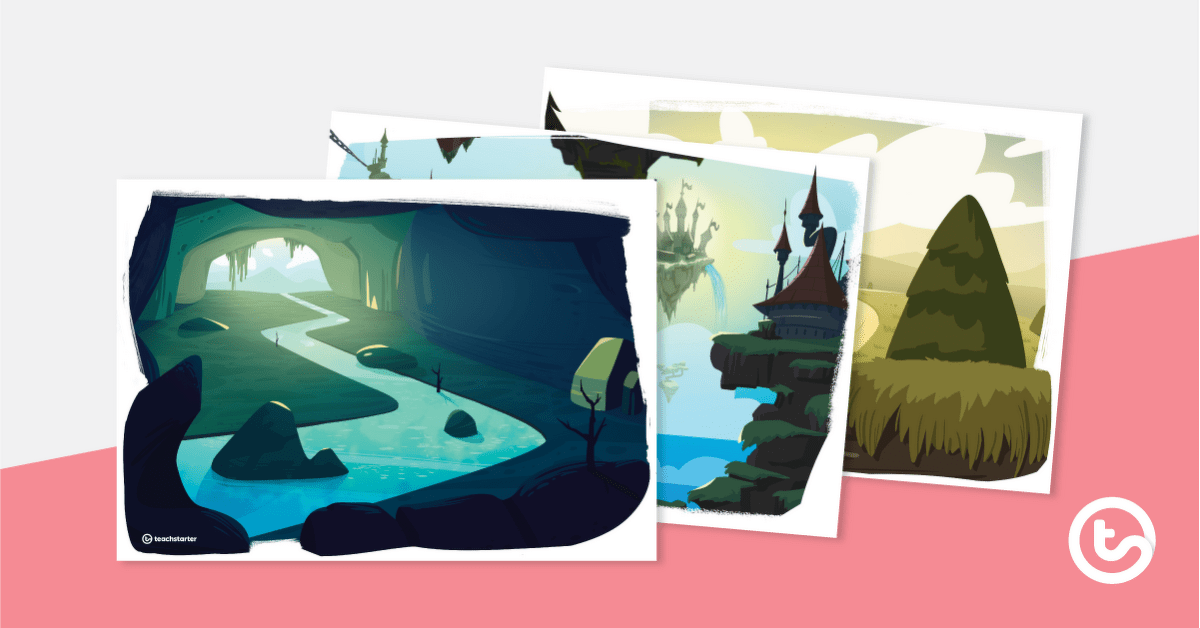
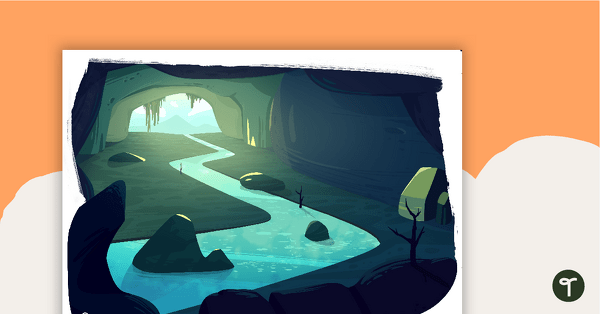
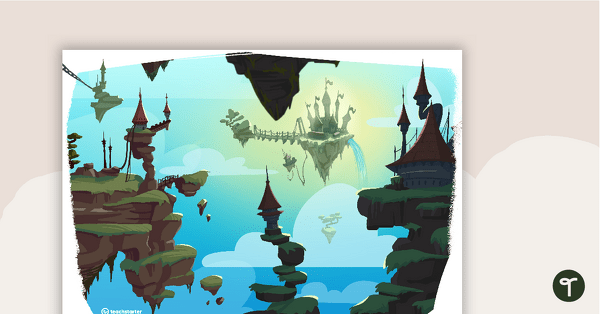
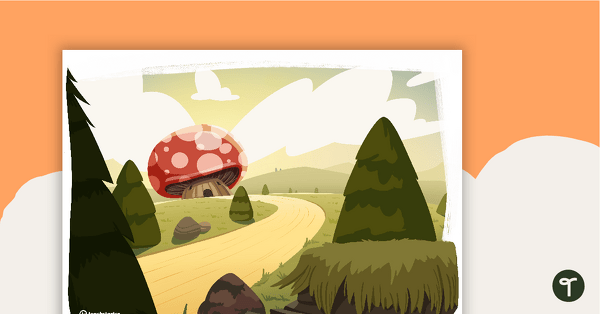


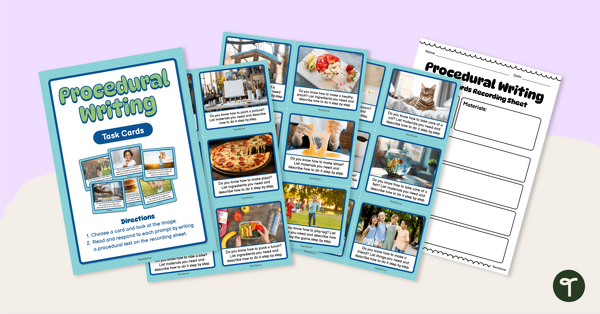
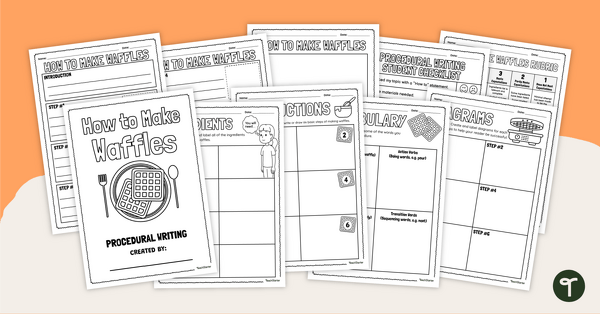
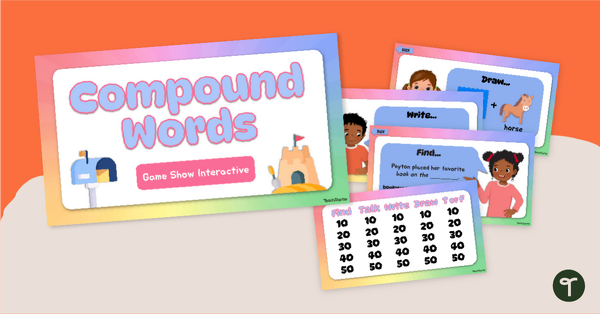
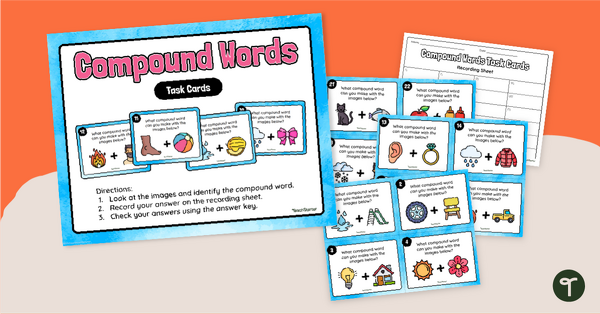
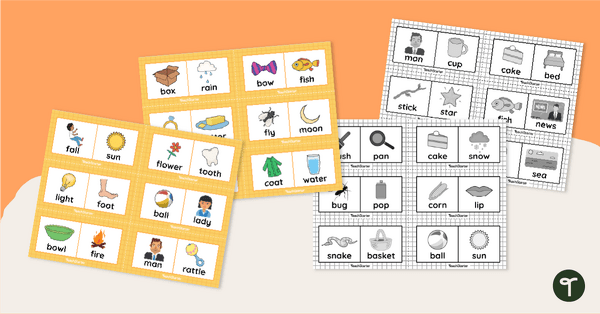
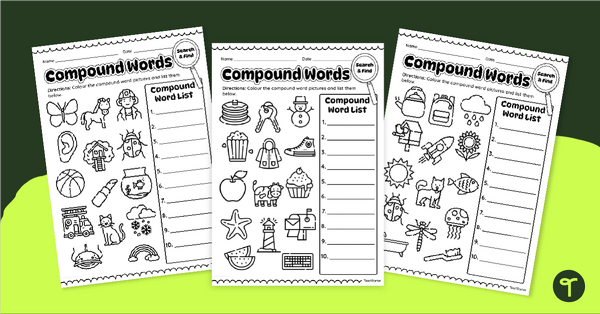
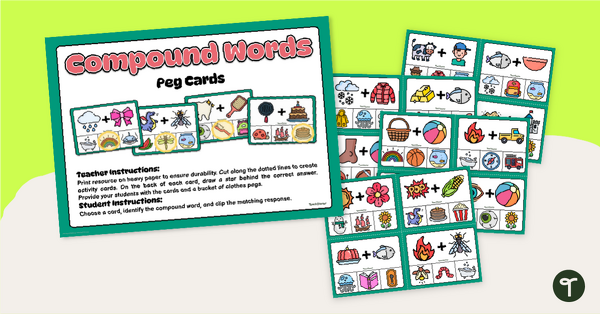
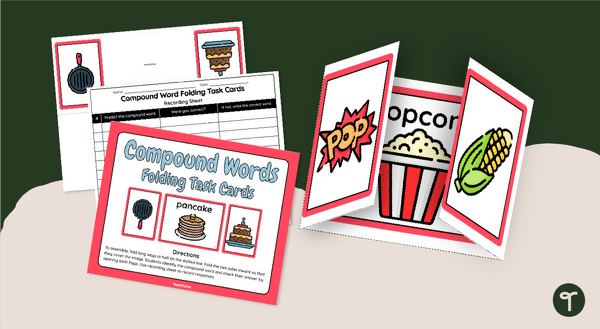
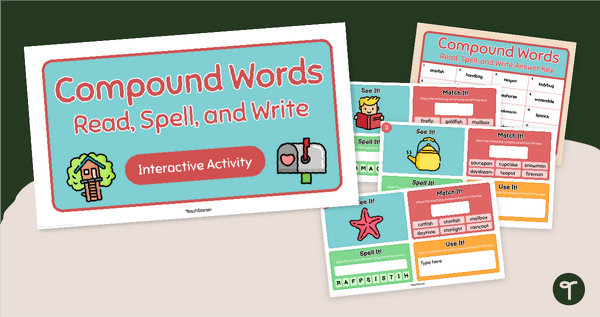
0 Comments
Write a review to help other teachers and parents like yourself. If you'd like to request a change to this resource, or report an error, select the corresponding tab above.